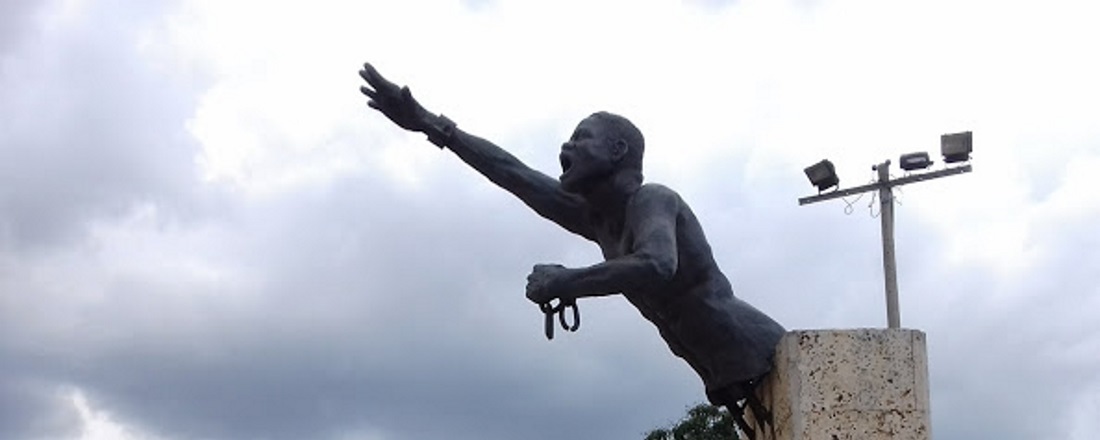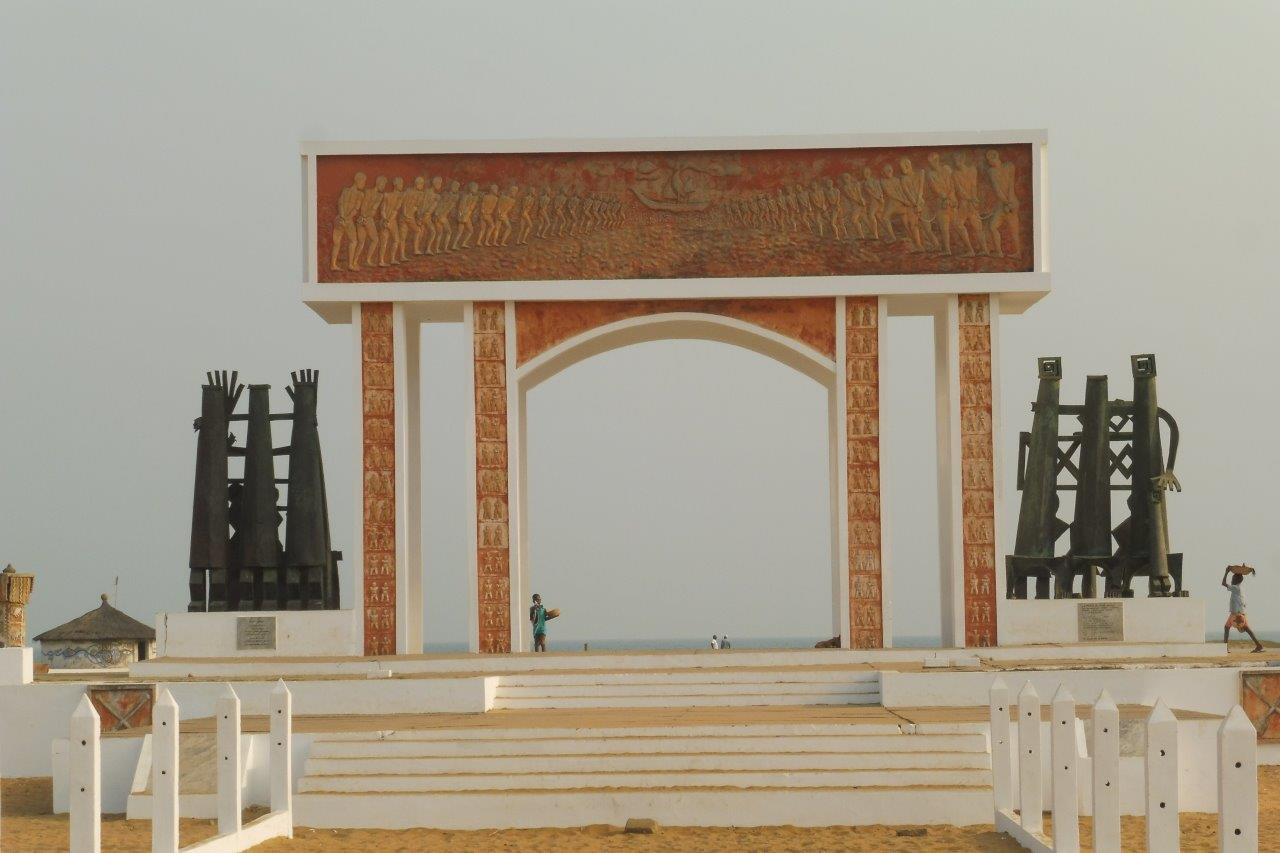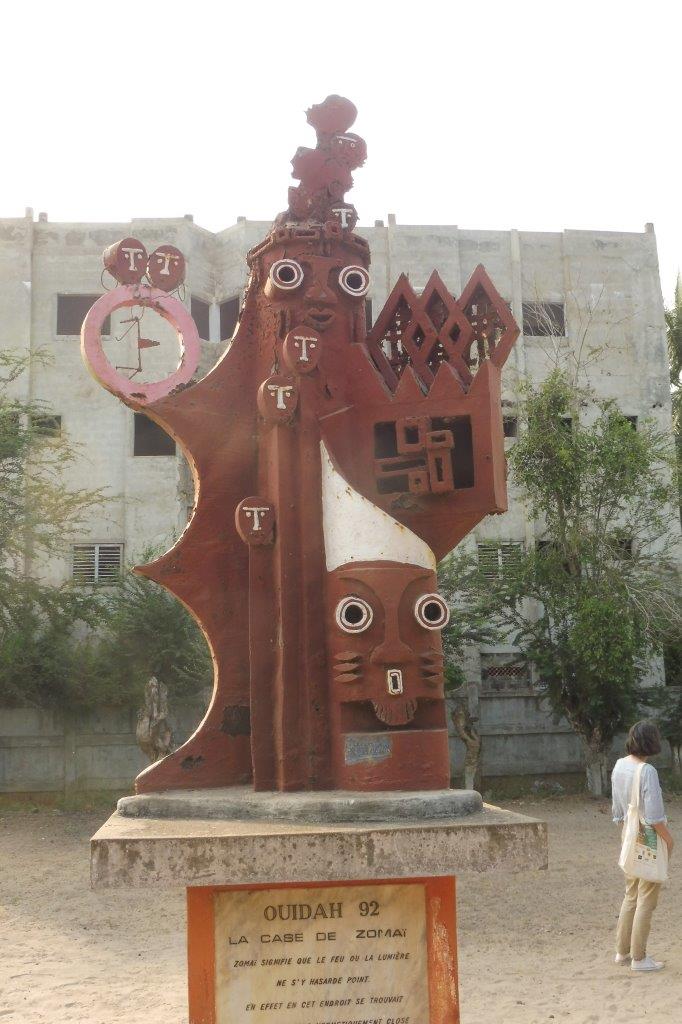Arts & Aesthetics
Principal Investigators:
- Prof. Dr. Ute Fendler, Romance & Comparative Literature
- Prof. Dr. Ivo Ritzer, Media Studies in Africa
- Dr. Rémi Tchokothe, African Literatures and African Linguistics
- Prof. Dr. Clarissa Vierke, Literatures in African Languages (Spokesperson of the Research Section “Arts & Aesthetics”)
- Dr. Ulf Vierke, Art Studies Africa
Members:
- Dr. Marcus Coester, Ethnomusicology
- Dr. Katharina Fink, Art in Africa
- Dr. Katharina Greven, Art in Africa
- Thierry Boudjekeu Kamgang, Literary Studies
- Dr. Marie-Anne Kohl, Music Theatre
- Prof. Dr. A. Adepeju Layiwola, Creative arts
- Sophie Lembcke, Comparative Literature
- Dr. Christine Matzke, English Literature
- Dr. Aminata Mbaye, Romance & Comparative Literature
- Prof. Dr. Tom Michael Mboya, African Literary Studies
- Dr. Boudina McConnachie, Ethnomusicology
- Prof. Dr. Anno Mungen, Music Theatre
- Dr. Samuel Ndogo, Literature, Theatre and Film Studies
- Dr. Gilbert Shang Ndi, Comparative Literature
- Prof. Dr. Christopher J. Odhiambo, Postcolonial Literature
- Dr. Patrick Oloko, Literary & Cultural Studies
- Dr. Oluwatoyin Olokodana-James, Creative Arts
- Prof. Dr. Michaela Ott, Aesthetic Theories
- Dr. Rémi Tchokothe, African Literatures and African Linguistics
- Dr. Justin Ouoro Toro, Audiovisual Media, Cinema
- Dr. Aretha Phiri, English Literature
- Prof. Dr. Peter Simatei, Comparative Literature
- Prof. Ruth Simbao, Art History
- Dr. Lynda Spencer, English Studies
- Duncan Ian Tarrant, Literatures in African Languages
- Dr. Lee Watkins, Ethnomusicology
Ongoing research projects:
- Aesthetic Dividuations - Ivo Ritzer (Bayreuth), Michaela Ott (Hamburg)
- Multiple Artworks – Multiple Indian Ocean - Ute Fendler (Bayreuth), Remi Tchokothe (Vienna), Clarissa Vierke (Bayreuth)
- “Black Atlantic revisited” – African and South American UNESCO-World Heritage Sites and “Shadowed Spaces” of Performative Memory - Ute Fendler (Bayreuth), Gilbert Shang Ndi (Bayreuth)
- Of Art Worlds - Collecting and Archiving Modern and Contemporary Art on the African Continent - Ulf Vierke (Bayreuth), Katharina Greven (Bayreuth)
- "Artivism, Social Justice and Epistemic Revolution - Situating African Perspectives within the Global South" - Ruth Simbao (Rhodes University) (05/2020 - 04/2021)
- Islamic Popular Culture and Public Performance Practices: The Production, Transmission of Religious Knowledge and Creation of Cultural Identity in Africa
- Biographies and Liberation: Life Writing in Transversal Perspectives
- Les Sources Endogènes de Dialogue et de Paix contre le Terrorisme
- Approaches to African Sonic Pedagogies
- "Sounding Africa on the Indian Ocean littoral and in the South-western Indian Ocean" - Lee Watkins (Rhodes University) (06/2020 - 06/2021)
- "East African Asian Writing and the Emergence of a Diasporic Subjectivity" - Peter Simatei (Moi University) (07/2020 - 08/2021)
- "Rethinking the 'Informal' and Mainstreaming African Popular Arts and Entertainment" - Patrick Oloko (English Department, University of Lagos) (02/2021 - 01/2022)
- "Rethinking the Artistic Trajectory of African Women Artists" - Adepeju Layiwola (Art Historian, Visual Artist; University of Lagos), Gladys Kalichini (Visual Artist, Rhodes University) (09/2020 - 02/2022)
- "Beyond the Digital Return: New Heritage/s, Sustainability, and the Decolonisation of Music Archives in South Africa, Kenya, and Ghana" - Lee Watkins (Lagos), Tom M. Mboya (Kenya), Markus Coester (Bayreuth)
- De 2000 à 2020, deux décennies de films de fiction burkinabè: acteurs/actrices, orientations thématiques et profils esthétiques - Ouoro
- "Taiwo Shango" - Christine Matzke (Bayreuth), Patrick Oloko (Lagos) (07/2021 - 12/2022)
Activities:
- 06.07.2022 - 09.07.2022: Panel "Medialities"
- 11.02.2020 - 13.02.2020: Workshop "On Worlds and Artworks"
This research Section addresses the muliplicity of artworks. Hence, instead of taking given unities in aesthetics for granted as our starting point, we will focus on ongoing processes of creation, mediation and interpretation as well as how artworks shape and are shaped by material and social conditions.
Objectives
The central objective of this RS is to provide a better understanding of the actual processes of making art(s) and their ways of relating to the world, by conceiving of artworks as multi-layered, and as having their own ways of reflecting upon being in the world. The RS will approach (the) making art(s) and aesthetics through three interrelated lines of investigation: a) artists’ practices and audience perceptions; b) circulation and configuration; c) the materiality of artworks.
Subprojects on artists’ practices and audience perceptions within this RS will not focus on artworks as clearly defined objects, but will turn towards the actual multimedial and multilingual practices and repertoires of artists, including writers, musicians, filmmakers, DJs, performance artists, and dancers. How do artists relate to other artists and artworks, for instance through appropriating or rejecting ideas, repertoires of imagery, sounds or texts? Subprojects on circulation and configuration will consider artworks as constantly drawing on and feeding into ever-changing flows of sounds, texts, images, which (re)configure in specific artworks and contexts. Going beyond concepts of unilineal distribution from the global North to the South or within one linguistic domain, we will consider multidirectional flows at various scales, across and beyond the African continent, for instance to Asia or Latin America, as well as the West.
Subprojects on the materiality of artworks will analyse the aesthetic characteristics and specific material gestalt that actually make up artworks. The mediums of artworks are not only vehicles of expression, but decisively shape their production, distribution and reception. Furthermore, depending on their materiality, artworks also relate to the world in specific ways: there are interactions between social experience and the forms of artworks, which make alternative existences sensorially perceptible. New materialist and speculative realist perspectives that highlight the agency of artworks themselves and relegate problematic idealist assumptions such as artists’ intentions to the background will be important points of reference in this line of research.
Work Programme
Our aim is to critically revisit established research practices that consider aesthetic practices separately, according to categorical, linguistic and disciplinary boundaries. Research within this RS will thus include a wide range of aesthetic practices and artworks (including film, literature, music and other visual arts/media).
Our focus on artists’ practices and audiences’ perceptions entails that we will make case studies of the actual production of artworks by particular artists, as well as of how audiences relate to them. More specifically, we will concentrate attention upon multimedial and multilingual practices and also address questions about the tacit experiential ways in which artists and audiences relate to artworks.
Our work on circulation and configuration will entail studying flows of texts, films, sound and imagery, while taking a critical view on the politics of circulation, as well as on definition, in keeping with the cluster’s key concept of reflexivity. Here we will critically interrogate the politics of the categorisation of aesthetic practices and problematise the global vs. local dichotomy. We will seek to further develop perspectives on the far-reaching connections of artworks across linguistic and methodological boundaries. It is our aim to go beyond centre-periphery models by considering various aesthetic practices in various languages and media from transregional and transcontinental perspectives. We will study the musical, literary and art “landscapes” of specific contexts, focusing, for instance, on the entanglements and co-constitution of French, Portuguese, English and Swahili literary productions in the Indian Ocean archipelagos. Here, our intention is to work out how actual aesthetic practices in various media and languages relate to each other, as well as charting the migratory flows of sounds, images and texts, studying them in different contexts and changing constellations. Foregrounding material and form, we will focus on the media of particular artworks and ask how they come to take shape in form. Here, we will also ask how processes of transfer across media impact on the effects of artworks, such as, for instance, from theatre to film and television. Following the migration of texts, images, and sounds and their reconfiguration in specific artworks will allow for comparative analysis of the specifics of media and materials. The RS will delve into explorations of the artwork’s agency, as well as the tension between the artist’s subjectivity and the autonomy of artworks. This line of investigation will take inspiration from new materialist and speculative realist conceptions underlining the autonomous force of artworks. Here the RS greatly benefits from the discussions that arise between its more empirically oriented researchers in the social sciences, and those of a more hermeneutic-philosophical background in humanities.
Central to all subprojects in this RS will be the building of a dynamic archive, both to store audio, visual, and textual media and also to provide tools for discerning affiliations between texts, imagery and sounds. Exhibitions, both site-based and in virtual formats, offer both a means to present the findings of this RS, as well as a laboratory for transmedial research that will bring invited international artists together with resident researchers.






